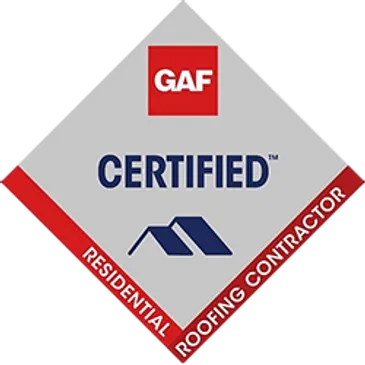When it comes to the structural integrity and longevity of your home, understanding the various layers of a roofing system is crucial, especially in a place like Minnesota with such fluctuations in weather throughout the year. A well-designed roofing system consists of multiple layers, each serving a specific purpose to protect your home from the elements.
Below, we will take a look at each layer to help you fully understand what actually goes into your roofing system keeping you and your family protected.

Decking
At the base of the roofing system lies the roof decking, often made of plywood or oriented strand board (OSB). This layer provides the foundation for the entire roofing structure, serving as a solid base for the subsequent layers.
Underlayment
This of this as the first layer of defense directly on top of the decking. The underlayment acts as a secondary barrier against moisture and is typically made of felt or synthetic materials. Most common in this area you will find contractors using synthetic underlayment as it is more durable than felt and helps to enhance the waterproofing ability. In northern states, an additional layer of protection is added called Ice and Water and is applied to areas on the roof that tend to be more vulnerable to the elements typically along the eaves and the valleys of a roof.
Roofing Material
The outermost layer, the roofing material, comes in various options most common in this area you will see asphalt shingles, or metal. This layer not only defines the aesthetic appeal of your home but also acts as the primary shield against weather elements, including rain, snow, and UV radiation.
Flashing
Positioned in vulnerable areas like valleys and intersections, flashing consists of metal strips that prevent water penetration. Flashing directs water away from critical areas, ensuring that water does not seep into the roofing system.
Ventilation
Adequate ventilation is essential for a healthy roofing system. Ventilation components, such as vents and exhaust fans, help regulate temperature and moisture levels in your attic space. Proper ventilation prolongs the life of the roofing material and prevents issues like mold and rot.
Understanding the relationship between these layers is vital for homeowners looking for a beautiful and durable roofing system. Regular maintenance and timely repairs can further enhance the effectiveness of each layer, ensuring that your roof continues to provide reliable protection for years to come. If you have any questions or concerns about your roofing system, don’t hesitate to reach out to Gray Duck Roofing today.

